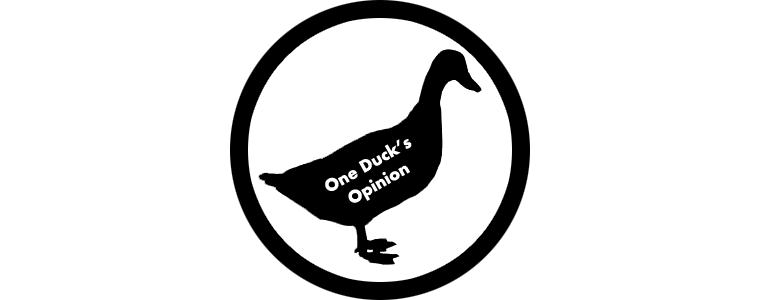
When it comes to how a game looks these days, people almost always go on and on about pixels, textures and models. I tend to look more at the art style of a game. Many games get high graphics marks from me because of the charm their art exudes. Here are two art styles that have really caught my eye.
The Paper Mario series

At the end of the Nintendo 64's lifespan, things were winding down. Developers were gearing up for the upcoming Gamecube, Playstation 2 and XBox. Nintendo gave their console one last hit with Paper Mario, and its sales and reviews stand as a testament to its genius.
The simplicity of Paper Mario's art style is it's charm. Big, bold colours on cute little characters. Even though the characters were two-dimensional sprites in a three-dimensional world, it all meshed together so beautifully that it looked like a cartoon. The bright and colourful backgrounds worked seamlessly with the game's 3D elements to create an incredibly smooth look.
This unique art style would later reappear on the Gamecube with Paper Mario: The Thousand Year Door. This game would take advantage of the characters' paper-like appearance and enable Mario to fold up and become as thin as a sheet of paper. He could then turn into a paper airplane to glide across chasms, or just flatten down to a sheet and be blown away by wind.
Super Paper Mario for the Wii would once again adopt this art style. While at first the game is no more than a traditional two-dimensional platformer, players have the ability to rotate the playing field and change it to a three-dimensional perspective.
As you can see in the comparison above, what looks to be flat from one perspective could be something entirely different if looked at from another angle. This played with the concept of a paper-thin world in ways not thought of before, taking absolute advantage of the game's art style. If it weren't for the two-dimensional appearance of the franchise, Super Paper Mario may have never been created.
The cel-shaded Zelda series

When Nintendo first showed off the power of the Gamecube, an amazingly realistic Zelda demo was shown, depicting Link fighting Ganondorf sword-to-sword. Although Nintendo enforced that this was merely a demonstration of the Gamecube's abilities, many took it as a sneak peak of an upcoming Zelda game.
However, this was not at all indicative of how the next Zelda would look. Instead of ultra-realism, players instead got a more cartoony-looking adventure. Link looked much younger, he had bigger, more anime-like eyes, and everything was incredibly bright and vibrant. The gaming community's reaction? A huge, resounding "What the...?!"
I, on the contrary, was quite pleased with this artistic turn. I loved the new look then, and I still love it now. The brightness of the game's art style hid an amazingly dark storyline within. What looks bright and cheery is actually the terrible fate of the Hyrule Kingdom. But I won't spoil that for anybody yet to play the game.
Back to the art, this new style allowed Link to be more expressive than ever before. He's able to say so much more without ever speaking a word. If you're in a room and something suspicious is near by, Link will direct his gaze in it's direction, giving you a hint as to what must be done next. Link reacts beautifully to the world around him, with expressions of sorrow, disbelief and more flashing across his face. Nobody but Link can say so much yet not make a noise.
The fluidity of the animation is simply astonishing. You sometimes think you're watching a cartoon and not playing a video game. It's all so smooth and seamless! And everything has emotion, from the islanders to the bad guys. This art style creates a living, breathing world like none other.
Nintendo would later bring back this art style in many games. Four Swords, Minish Cap, Phantom Hourglass, Four Swords Adventures, they all use this same brilliant animation. This is probably my favorite art style ever, and I can't wait to see it again soon.
To me, a game's looks means much more than how many polygons or particles it has. It's about the art. From Paper Mario to Okami, Wind Waker to Phoenix Wright, so many of my favorite art styles are great no matter the horsepower that drives them. What are some of your favorite art styles?
The Duck Has Spoken.


1 comment:
I don't care much for the paper mario series (I played the first, missed the second and played very little of the most recent), but to each their own. However, I'm right with you on on the cel-shaded stuff - when developers aren't trying to recreate the world pixel for pixel, it really gives them a lot more freedom in terms of style, and game such as Zelda and Okami (as you've mentioned) are better for it.
Of course, that isn't to say I am entirely against some of these "next-gen" games, and one title that really has been interested in Sabotage, which still strives for realism, but makes a statement with its use of color.
Post a Comment